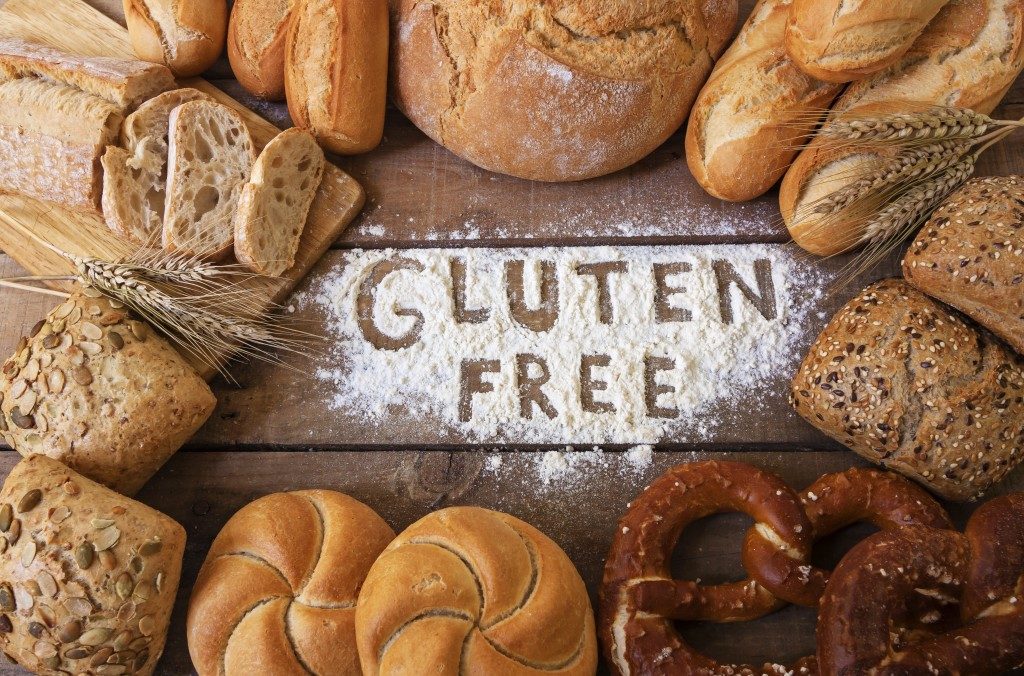Carbohydrates have earned a negative reputation in recent years, especially with the emergence of different diet fads. People who are trying to lose weight commonly fear carbs because they believe these are fattening, so they try to cut it from their diets completely.
But plenty of medical professionals and nutritionists explain there are different types of carbs – some are good for you, while others not so much. Weight loss clinics, like Orem’s MD Diet Clinic, prescribe appropriate nutrition programs according to the patient’s needs, but some still hastily commit to diets that may not be good for their health.
So what’s the difference between good and bad carbs and how can you choose the best ones according to your diet and lifestyle?
Simplex and Complex
Carbohydrates are macronutrients that provide the body with energy. Carbs can be broken down into three categories: sugar, starch, and fiber. The body breaks down sugar and starch into glucose, which acts as its main source of fuel. Humans can’t digest fiber, but this is what the friendly bacteria in the digestive system feeds on.
These three categories have two classifications: complex and simple carbs.
- Simple or Refined Carbs: These contain natural sugars that the body can easily digest, thus providing quick energy. Some vegetables, fruits, milk, and dairy products are good sources of simple carbohydrates. Simple carbs are also present in processed food, such as soda, artificial juices, white sugar, and some pastries. Although they are simple carbs, fruits, veggies, and milk contain essential nutrients, protein, and fiber.
- Complex or Whole Carbs: These are food that are rich in starch and fiber, which the body takes longer to break down into glucose and use as energy. Complex carbohydrates contain essential minerals, vitamins, and antioxidants. Some good sources of complex carbs are beans, whole grains, quinoa, legumes, brown rice, and oats.
Which carbs should you eat?

As a rule, the best carbohydrates are the ones that come from natural sources. Processed food, like corn flakes, juice powder, and potato chips, are stripped of nutrients, vitamins, and fiber and filled instead with preservatives and sugar. These simple or refined carbs have little to no fiber, making it easier and quicker to digest.
Refined carbs have a high glycemic index as well, which represents a food product’s effect on the rise of the blood glucose level. Because of this, many researchers link simple carbohydrates to an increased risk of diseases, like diabetes, obesity, and heart disease.
The high glycemic index is partly the reason refined carbs are fattening. Simple carbs make the blood sugar spike, causing the pancreas to compensate by pumping out insulin. When the person’s blood sugar drops again, he or she will feel sleepy and end up craving sugar again. Basically, sugar is addictive.
This isn’t to demonize carbohydrates as a whole. Instead of eating sugary, simple carbs, nutritionists recommend a diet of high-fiber and high-protein complex carbs. Food rich in fiber take longer to digest, thus making a person feel full for longer. Researchers also link high-fiber carbohydrates like legumes, whole grains, fruits, and vegetables with improved metabolic health and lower risk of diseases.
Now that you know the difference between good and bad carbs, hopefully, you can better plan your diet plan without having to remove carbs entirely from your nutrition intake. And when in doubt, consult a nutritionist so he or she can prescribe the best diet plan for you.







